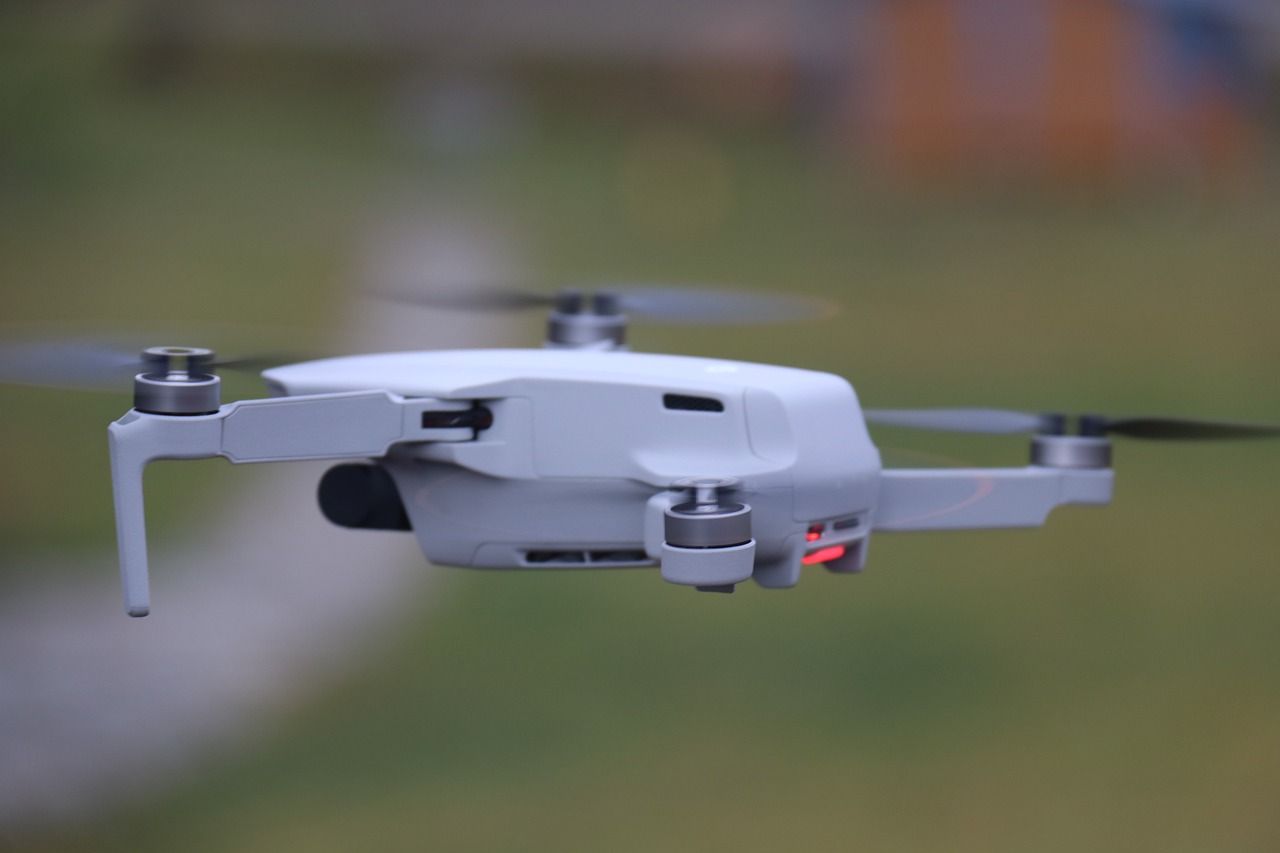Tech in Disaster Recovery: Innovations and Solutions
In recent years, technological advancements have revolutionized the way societies approach disaster preparedness. One of the most significant developments is the use of satellite imagery and geographic information systems (GIS) to track, monitor, and predict natural disasters with more accuracy and speed than ever before. These technologies allow authorities to identify vulnerable areas, plan evacuation routes, and allocate resources efficiently.
Furthermore, the advent of social media and mobile applications has enhanced communication during emergencies, enabling real-time information sharing and coordination among responders and affected individuals. Platforms like Twitter and Facebook are now integral tools in disseminating alerts, warnings, and updates to the public, helping to save lives and mitigate damage. Overall, these technological innovations have greatly bolstered disaster preparedness efforts and are essential components in ensuring the resilience of communities in the face of catastrophic events.
Challenges in Implementing Tech Solutions in Disaster Recovery
One major challenge in implementing tech solutions in disaster recovery is the lack of interoperability between different systems and platforms. This fragmentation can impede the seamless flow of information and coordination among various agencies involved in the recovery efforts. Without proper integration and standardization protocols in place, the effectiveness of technological tools in facilitating disaster recovery can be significantly compromised.
Another obstacle that hinders the successful deployment of tech solutions in disaster recovery is the limited access to reliable and high-speed internet connectivity in affected areas. In times of crisis, when communication and access to real-time data are crucial, the lack of robust internet infrastructure can hinder the timely response and coordination necessary for effective disaster recovery efforts. Ensuring widespread access to reliable internet services in disaster-prone regions is essential for leveraging the full potential of technological advancements in enhancing disaster preparedness and response.
What are some examples of technological advances in disaster preparedness?
Some examples include early warning systems, drones for damage assessment, and data analytics for predicting disaster impacts.
What are some common challenges in implementing tech solutions in disaster recovery?
Some common challenges include limited access to technology in remote areas, lack of funding for technology implementation, and the need for specialized training for using new tech tools.
How can organizations overcome challenges in implementing tech solutions in disaster recovery?
Organizations can overcome challenges by investing in infrastructure for technology, seeking partnerships with tech companies, and providing training for staff on how to use tech solutions effectively.
Why is it important to use technology in disaster recovery efforts?
Technology can help improve response times, increase efficiency in resource allocation, and enhance communication among disaster response teams, ultimately leading to more effective disaster recovery efforts.





